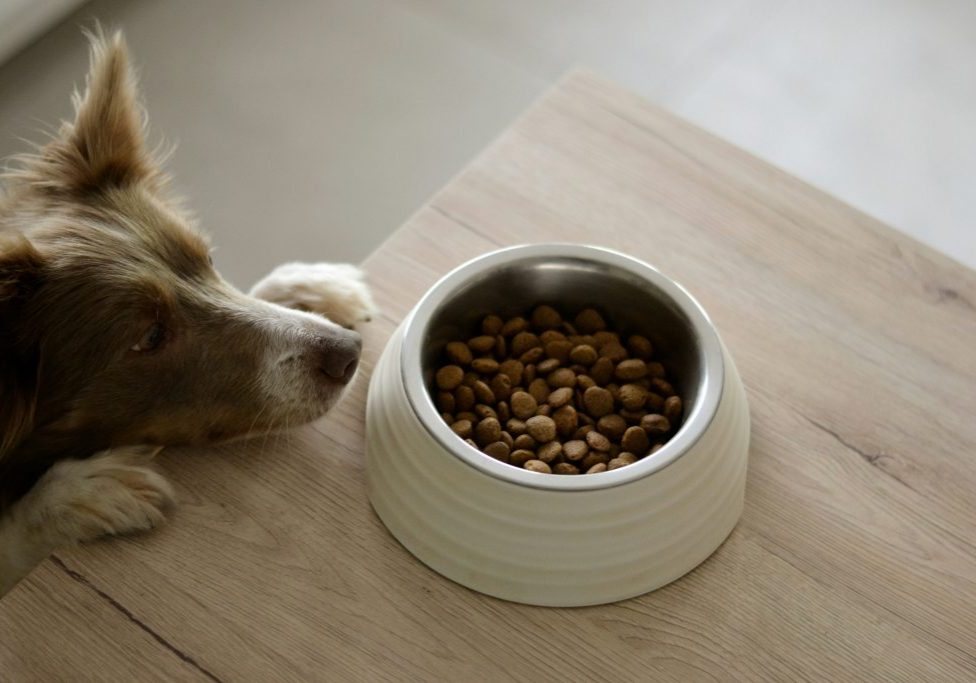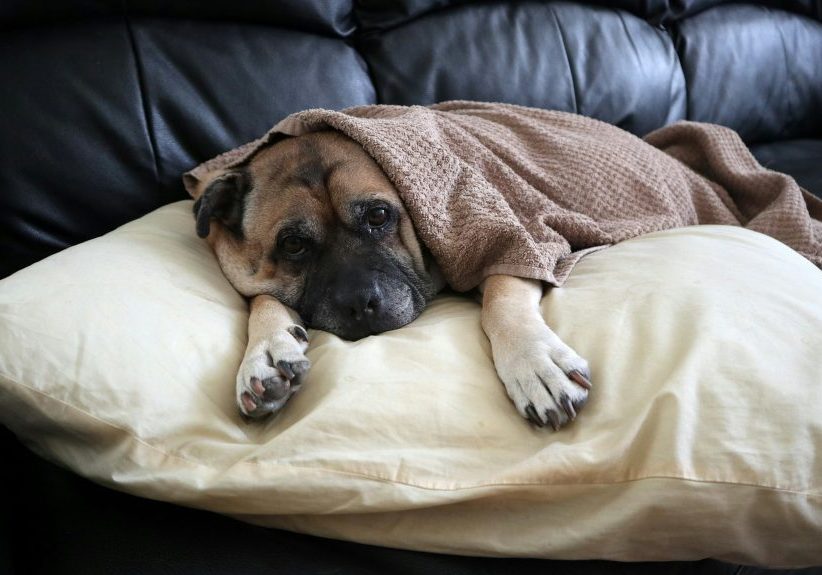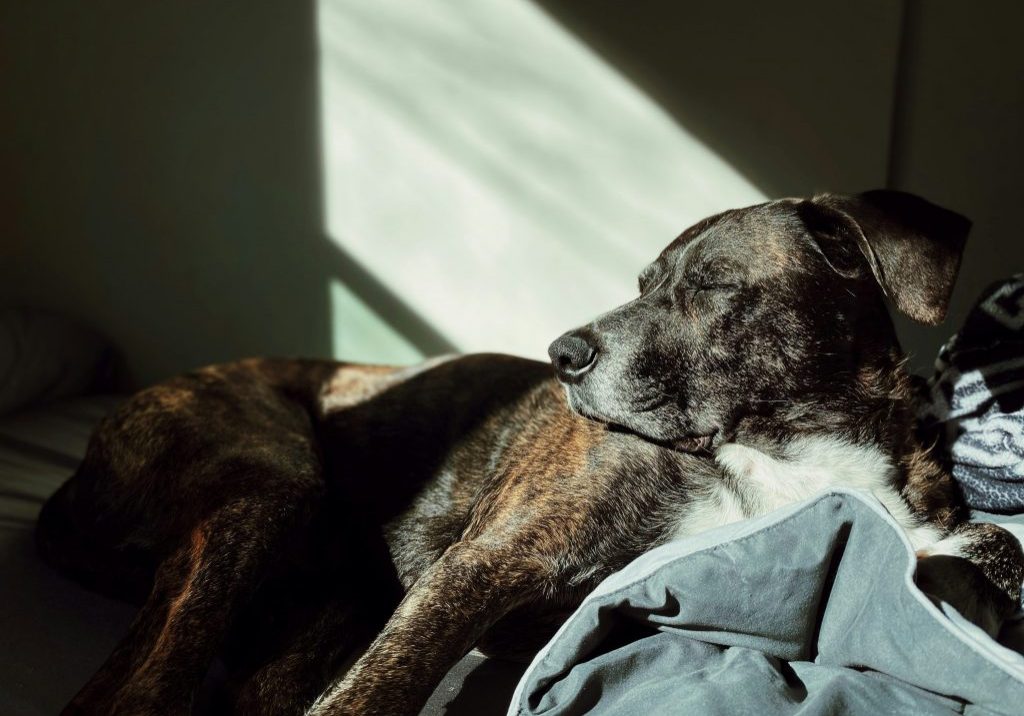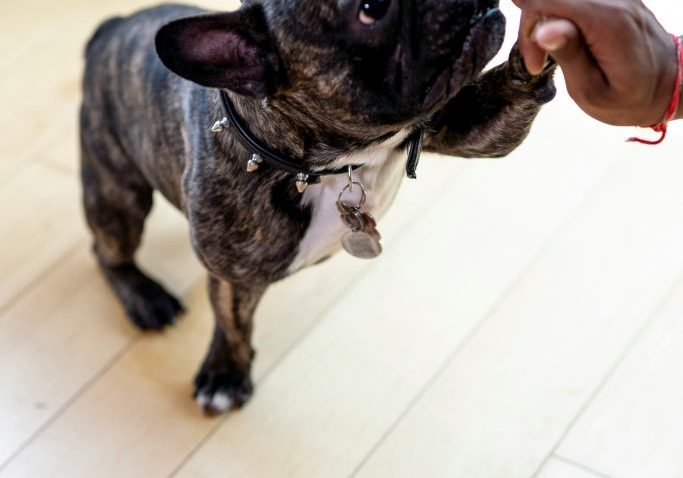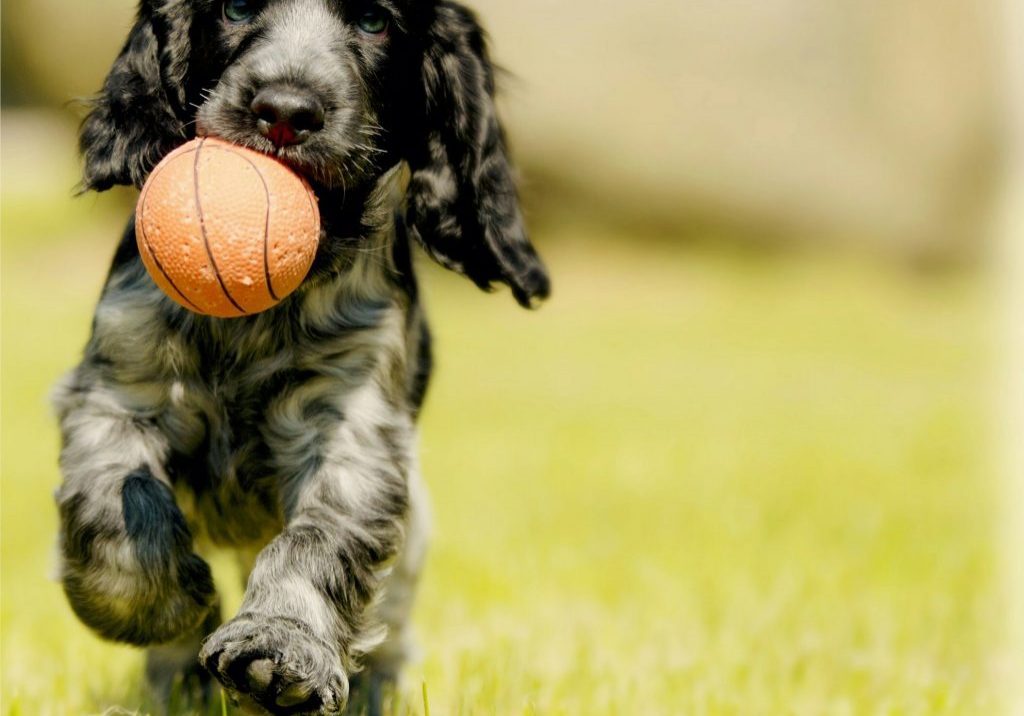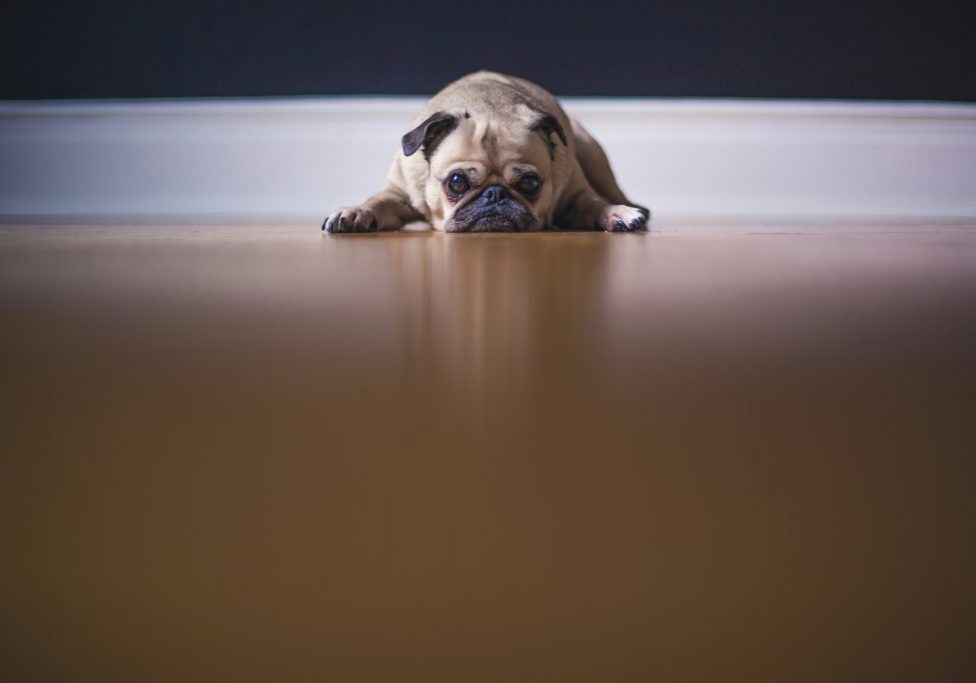What Are The Most Common Poisonous Items A Dog Can Eat?
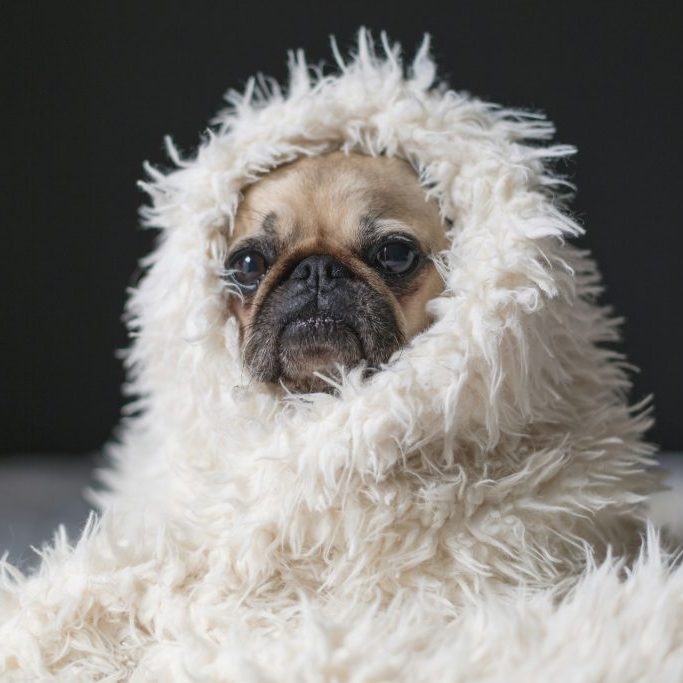
hwllo-sniffer.co.uk/what-are-the-most-common-poisonous-items-a-dog-can-eat
December 5, 2024
Sniffer_Admin
Dogs are naturally curious creatures, and let’s be honest—they’ll eat just about anything they can get their paws (or teeth) on. But not everything in your home, garden, or pantry is safe for your furry friend. In fact, some common items can be downright dangerous, even life-threatening.
Knowing what’s toxic to dogs isn’t just helpful—it’s essential. Let’s explore some of the most common culprits and how to keep your pup safe.
Chocolate: The Sweet Treat That’s Anything But Sweet for Dogs
You probably know chocolate is harmful to dogs, but do you know why? Chocolate contains theobromine, a compound that dogs can’t metabolize efficiently. Dark chocolate and cocoa powder are the worst offenders, but even milk chocolate can cause problems.
Signs of Chocolate Poisoning: Vomiting, restlessness, rapid breathing, and seizures.
Pro Tip: Keep chocolate out of reach, especially during holidays like Christmas and Easter when it’s more likely to be left around.
Grapes and Raisins: A Surprising Danger
Grapes and raisins might seem harmless, but they can cause kidney failure in dogs. Even a small amount can be toxic, and the reaction varies from dog to dog.
Signs of Poisoning: Vomiting, lethargy, and reduced appetite within hours of ingestion.
Keep fruit bowls and baking ingredients well away from curious noses!
Onions and Garlic: Popular Ingredients, Hidden Dangers
These kitchen staples might add flavour to your meals, but they’re bad news for dogs. Onions, garlic, leeks, and chives—all part of the allium family—can damage your dog’s red blood cells, leading to anemia.
Signs of Poisoning: Weakness, pale gums, and collapse.
Whether raw, cooked, or powdered, avoid giving your pup anything seasoned with these ingredients.
Xylitol: The Sweetener That Isn’t So Sweet
Xylitol, a sugar substitute found in many sugar-free gums, sweets, and even peanut butter, can cause a rapid release of insulin in dogs, leading to a dangerous drop in blood sugar. In severe cases, it can result in liver failure.
Signs of Poisoning: Vomiting, disorientation, and seizures.
Always check ingredient labels before sharing human food with your dog!
Alcohol: Not Just Booze
We’re not just talking about drinks here—alcohol can also be found in some desserts, mouthwashes, and cleaning products. Even a tiny amount can be toxic to dogs, affecting their nervous system and causing a dangerous drop in blood sugar.
Signs of Poisoning: Vomiting, lack of coordination, and slow breathing.
Make sure glasses, bottles, and any alcohol-containing products are kept well out of reach.
Household Plants: A Hidden Threat
Many popular houseplants are toxic to dogs. Common culprits include:
- Lilies: Highly toxic, especially to the kidneys.
- Aloe Vera: Causes vomiting and diarrhea.
- Philodendron: Can irritate the mouth and cause difficulty swallowing.
If you’re unsure whether a plant is dog-safe, it’s best to double-check before bringing it into your home.
Medications: A Leading Cause of Poisoning
Over-the-counter and prescription medications are one of the most common reasons for emergency vet visits. Painkillers like ibuprofen and paracetamol, antidepressants, and even some vitamins can be toxic to dogs.
Signs of Poisoning: Vomiting, lethargy, and rapid breathing.
Always store medications in secure cabinets, out of reach.
Human Foods You Might Not Think About
It’s easy to forget that some everyday foods can be harmful to dogs. Here are a few more to watch out for:
- Avocado: Contains persin, which can upset your dog’s stomach.
- Macadamia Nuts: Can cause weakness, tremors, and hyperthermia.
- Caffeine: Found in coffee, tea, and energy drinks, it can lead to restlessness, rapid breathing, and heart palpitations.
Garden and Outdoor Hazards
The garden isn’t always a safe haven. Common hazards include:
- Slug Pellets: Often contain metaldehyde, which is highly toxic.
- Fertilizers: Can cause gastrointestinal upset if ingested.
- Compost: Contains moulds that produce tremorgenic mycotoxins, leading to seizures.
If your pup loves to explore outdoors, supervise them and keep harmful products stored securely.
What To Do If Your Dog Eats Something Poisonous
Despite your best efforts, accidents can happen. If you suspect your dog has eaten something toxic:
- Stay Calm: Panicking won’t help you or your dog.
- Contact Your Vet Immediately: Time is often critical.
- Have Information Ready: Note what your dog ate, how much, and when. If possible, bring the packaging or a sample to the vet.
Prevention Is Better Than Cure
The best way to protect your dog is to prevent exposure in the first place.
- Dog-Proof Your Home: Store food, medications, and cleaning products out of reach.
- Educate the Family: Make sure everyone knows what’s off-limits for the dog.
- Supervise Meal Times: Don’t leave plates or bowls unattended where your dog can sneak a snack.
Final Thoughts
While dogs can seem indestructible with their iron stomachs and adventurous appetites, they’re far more sensitive to certain items than we are. Being aware of common poisons and staying vigilant can make all the difference in keeping your pup safe and healthy.
After all, isn’t their wagging tail and boundless joy worth the extra effort?


